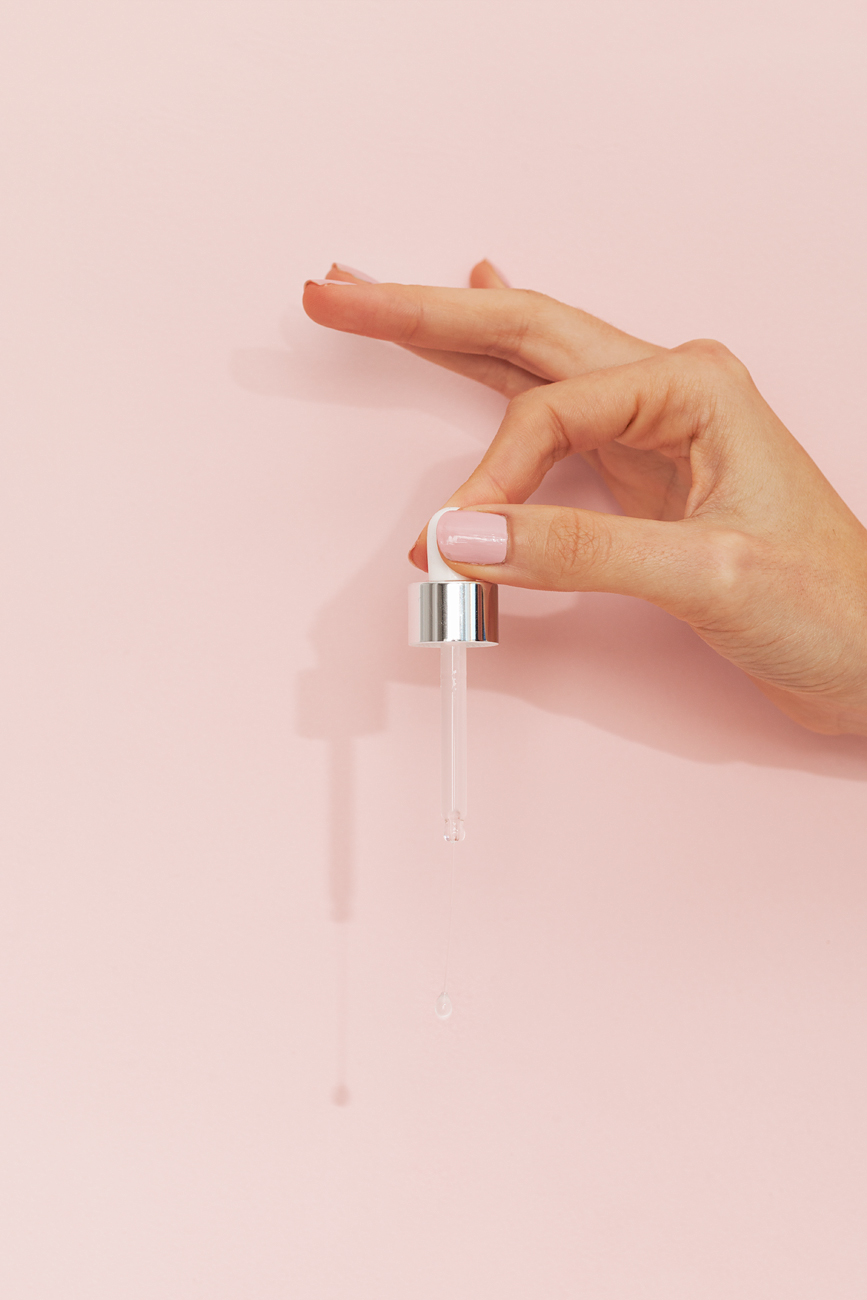It’s highly possible that your skin needs propolis and you just don’t know it yet. This natural ingredient is part of thousands of Korean products and it’s still getting a lot of hype. But what is it exactly?
It’s one of the most ancient ingredients in the world. Even though the beauty industry is using it now as a star ingredient in its formulas, it’s true that it had already been used in ancient Greece to heal wounds.
It’s natural and suitable for vegetarians. Propolis is a resinous mix that bees produce when they combine their own saliva with the wax they create, along with other substances collected from the trees, sap and other botanical sources. This is why it doesn’t have an exact composition and, like honey, its quality will always depend on the climate and the diet of the bees that produce it. In general, propolis is made up of 50% resin, 30% beeswax, 10% essential oils, 5% pollen and another 5% of organic material.
It has more than 50 properties. Experts confirm that it contains about 300 constituent elements, which generate more than 50 active ingredients. The key of its amazing healing powers lies in its composition: it’s rich in flavonoids, which are the most powerful antioxidant found in nature. They includes amino acids, coumarin, phenolyic aldehydes, polyphenols, sesquiterpene quinones and steroids, and they have antiseptic, anti-inflammatory, antibacterial antioxidant and regenerative properties.
It’s perfect for problematic skin. Thanks to its properties, propolis can be used in any type of routine, be it dry, combination or oily skin. It’s not an ingredient that nourishes the skin as much as coconut oil or shea butter, for example, but the key is that it’s very light and acts by creating a barrier that protects the dermis. This means that it retains moisture and prevents any external agents (bacteria, smoke, pollution, etc.) from penetrating your skin. It’s ideal if you have acne, a rough complexion or light scarring.
Be careful if you have ultra-sensitive skin. If your skin is very sensitive, start by using it once a week so you can see how it works with your skin. In some cases, when the percentage of propolis is very high, this can cause highly sensitive skin to redden slightly. Avoid using it if you have allergic reactions to beeswax, honey, royal jelly, pollen, poplars or conifers.
Adding it to your routine is very easy. You’ll find it in the ingredient list of products listed as propolis extract[o1] , and unlike other ingredients, you can use it in combination with other ingredients.




